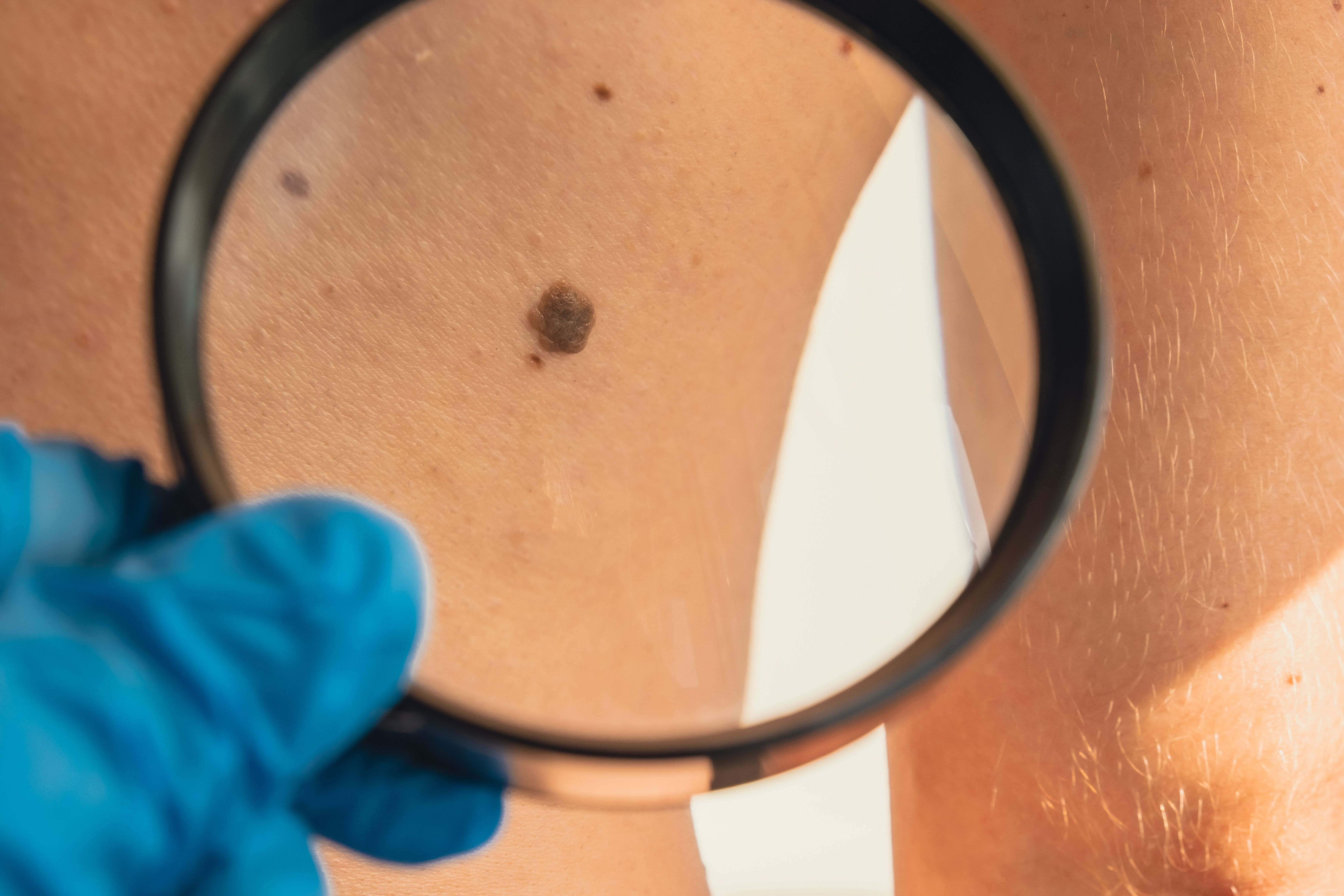Article
Researchers Call for Better Detection of, Intervention for AEs From PD‐1/PD‐L1 Treatment
Author(s):
The researchers highlighted a need for the detection of more relevant markers and guidance on how to treat adverse events (AEs), the types and severity of which vary based on disease type.
Amidst growing uptake of programmed cell death protein 1/programmed cell death protein ligand 1 (PD‐1/PD‐L1) treatment for a variety of cancers, researchers are putting a spotlight on the need for better recognition of immune-related adverse events (irAEs) to facilitate early detection, diagnosis, and intervention.
Their findings appear in a recent issue of International Journal of Oncology.
Across the board, management of irAEs typically includes symptomatic treatment with or without the discontinuation of PD‐1/PD‐L1 treatment, according to the researchers. The group did add, however, that there is currently “no perfect system” for recognizing and diagnosing the AEs in a timely manner, leaving providers to adopt a “discovery-symptom treatment” strategy. As a result of, they wrote, there is a need for the detection of more relevant markers and guidance on how to treat events, the types and severity of which vary based on disease type.
“As the number of PD‐1/PD‐L1–related inhibitors developed increases, a growing number of patients with cancer will benefit from them. However, unfortunately this also means there will be an increase in the number of irAEs, and this danger should be taken into consideration when administering these drugs and patients should be carefully monitored throughout the treatment course and even after treatment is discontinued,” flagged the researchers.
In one clinical trial of patients receiving treatment with PD‐1/PD‐L1 inhibitors, reports of treatment-related AEs had a calculated probability of 77%, with 29% of patients experiencing more serious AEs.
In their paper, the researchers compiled common management strategies associated with PD‐1/PD‐L1 inhibitors, including of the neuromuscular, respiratory, circulatory, digestive, and endocrine systems, as well as ocular complications, joint damage, and granulomatous venereal disease.
“According to the reported statistics on adverse reactions, skin lesions including pruritus, psoriasis, and nodular dermatitis account for 46% to 62% of reports, autoimmune colitis accounted for 22% to 48% of reports, autoimmune hepatitis accounted for 7% to 33% of reports, and endocrine diseases such as thyroiditis, hypophysitis, adrenalitis, and diabetes account for 12% to 34% of reports,” detailed the researchers. “In addition, there were other rarer adverse reactions, including pneumonia (3%‐8%), nephritis (1%‐7%), cardiac adverse reactions including myocarditis (5%), and neurological adverse reactions (1%‐5%).”
In many cases, further testing is needed when a patient shows symptoms of an irAE, and in general, once confirmed, irAEs are treated with targeted therapy that includes hormone therapy, such as corticosteroids.
For example, when a patient shows symptoms of lower leg swelling, muscle pain, or precordial pain after receiving PD‐1/PD‐L1 treatment, electrocardiograms are recommended to confirm if the patient is experiencing a circulatory system-related irAE. If confirmed, patients should be treated with symptomatic treatment that can include hormones and implantation of a pacemaker.
Further testing is also recommended in patients experiencing diarrhea, frequent urination, or severe bladder pain in order to determine if the symptoms are urinary-related irAEs. If an irAE is confirmed, treatment primarily comprises oral hormone treatment.
Similar methods are taken for speculation of respiratory-related AEs that, if confirmed, are then often treated with corticosteroids and targeted anti-inflammatory and antibacterial drugs. Corticosteroids, as well as topical hormone therapy, are also commonly used in the case of skin lesions—the most common irAE associated with PD‐1/PD‐L1 treatment.
Although rare, hematologic-related irAEs have also been reported with PD‐1/PD‐L1 treatment, and these are primarily addressed with hormone therapy.
Reference
Sun G, Liu H, Shi X, et al. Treatment of patients with cancer using PD-1/PD-L1 antibodies: adverse events and management strategies. Int J Oncol. Published online April 28, 2022. doi:10.3892/ijo.2022.5364





